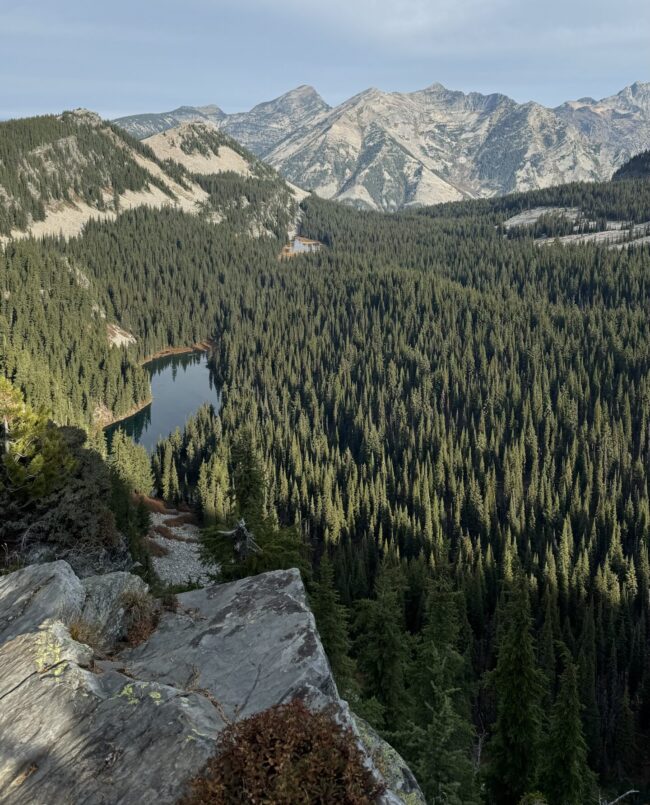![]() By Derf Johnson
By Derf Johnson

Photo by Peyton Olson.
For decades now, MEIC and our partners have been fighting against a set of proposed silver and copper mines that will be directly adjacent to and tunnel underneath the Cabinet Mountains Wilderness in northwest Montana. Frankly, the mines (Montanore and Rock Creek) are a terrible idea. They are being proposed in the heart of a largely untrammeled section of the North American inland temperate rainforest, where they would impact an isolated population of grizzly bears, dewater and pollute bull trout streams, and impact a sacred Indigenous space as well as one of the first federally-designated wilderness areas in the U.S. To date, we have been successful in bird-dogging the project, so much so that Hecla Mining (the current owner of the proposals) has “shelved” the Rock Creek project. However, Hecla has applied for a new exploration permit for the Montanore project, and just this past January, the U.S. Forest Service released a draft environmental assessment (EA) detailing the project and accepting comments from the public.
While Hecla has been downplaying the project as a relatively benign exploration project, the reality is much more alarming. The “exploration project” would be a 16-year project, including extensive dewatering activities, an extension of the mining access tunnel by nearly a mile, and the construction of 6,300 feet of “lateral drifts” further into the ore body. All of this underground activity, of course, would result in a major expansion of the waste rock storage facilities on the surface, the installation of several sumps for dewatering, and increased discharges of polluted water to area surface waters. It’s notable that the Forest Service proceeded with a simple EA considering the major environmental impacts associated with the project as well as the potential for full-scale mining that will almost certainly precipitate from the exploration activities.
On that point, the impacts associated with the full-scale build-out of a mine in the area cannot be overstated and include: dewatering of wilderness streams, regional extinction of endangered wildlife, water pollution, noise and traffic impacts, and massive infrastructure directly adjacent to and underneath a wilderness area. Shockingly, the EA improperly limits its analysis to only the immediate environmental impacts of the evaluation phase of the Montanore Project, even though impacts from development of a full mine are an obvious, connected action to the exploration phase, and have been repeatedly evaluated in the past by the Forest Service and Hecla.
MEIC submitted a very robust set of comments on this project, along with the Confederated Salish and Kootenai Tribes and our conservation partners Earthjustice, Save Our Cabinets, Earthworks, the Clark Fork Coalition, Montana Trout Unlimited, Cabinet Resource Group, and the Yaak Valley Forest Council. While this project is unlikely to go away anytime soon, our resolve and commitment to protecting this treasured landscape and refuge for wildlife is strong. There’s no saying when the Forest Service will actually make a final decision on the project, but it is likely to come in late 2025 or 2026. Stay tuned for comment opportunities and other ways you can help protect this landscape.
This article was published in the March 2025 issue of Down To Earth.


